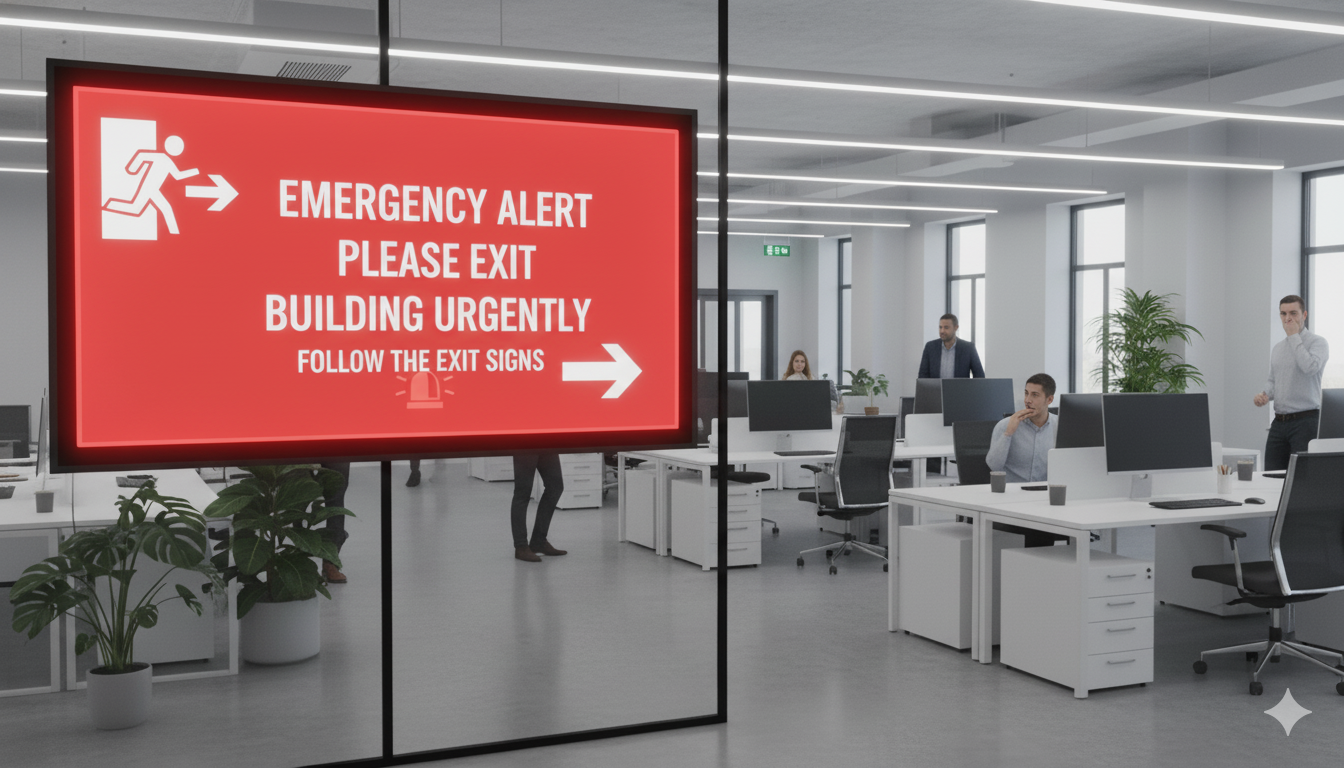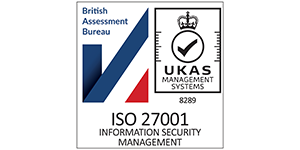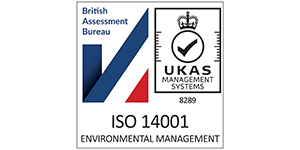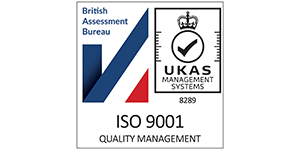This article is part of our comprehensive guide to Martyn's Law. For an overview of the legislation, who it applies to, implementation timelines, and how AV technology can support compliance, see our complete guide to Martyn's Law.
Under Martyn's Law (the Terrorism (Protection of Premises) Act 2025), publicly accessible premises and events expecting 200 or more people must meet new security obligations. These requirements are divided into two tiers, standard and enhanced, based on capacity. Understanding the distinction is critical for determining your organisation's responsibilities.
Standard tier (200–799 people)
Premises and events expecting between 200 and 799 individuals fall under the standard duty tier (nalc.gov.uk). The focus here is on basic preparedness and awareness. Key obligations include:
Notification and registration: The responsible person must notify the Security Industry Authority (SIA) that they control the premises or event (nalc.gov.uk).
Risk assessment: Conduct a proportionate assessment of the potential terrorist threat and identify vulnerabilities (nalc.gov.uk).
Training and awareness: Provide basic security awareness training for staff and volunteers so they can recognise suspicious behaviour and respond appropriately (nalc.gov.uk).
Emergency procedures: Develop simple, low‑cost plans to protect people in the event of an attack, such as identifying safe routes, locking doors, and closing shutters (protectuk.police.uk).
Standard‑tier premises are not required to install physical security systems, such as metal detectors or CCTV. The goal is to ensure that staff know what to do during an incident and that there are clear procedures to minimise harm without imposing excessive costs on smaller venues.
Enhanced tier (800+ people)
Premises or events where 800 or more people may be present fall into the enhanced duty tier (nalc.gov.uk). They must meet all standard‑tier requirements and implement additional measures:
Physical security measures: Enhanced venues may need to introduce bag searches, CCTV or other monitoring, and vehicle checks to reduce vulnerability (protectuk.police.uk). These measures should be proportionate and based on the venue's risk assessment.
Senior responsible individual: A senior person must be appointed to oversee compliance with Martyn's Law and act as the contact point for regulators (insight-security.com).
Comprehensive emergency planning: Enhanced‑tier premises must have more detailed plans covering evacuation, communication and coordination with emergency services. Staff should be trained in specific roles and response protocols.
Notification and documentation: Enhanced venues must notify the regulator (SIA) and maintain documentation demonstrating compliance, including risk assessments, training records and security procedures.
These extra obligations reflect the greater risk posed by large crowds and the potential impact of incidents in venues such as stadiums, concert halls, and large festivals.
Why the distinction matters
The tier system is designed to ensure that security measures are proportionate to the scale of the venue or event. Smaller venues may not have the resources or need for advanced physical security, whereas larger venues can pose more attractive targets and require additional safeguards. Understanding which tier you fall into allows you to:
Allocate resources wisely: Focus investments on measures that match your risk profile. Standard‑tier venues can prioritise staff training and simple emergency procedures, while enhanced‑tier venues budget for surveillance systems and bag searches.
Assign responsibilities: Identify a responsible person for each venue or event and, for enhanced venues, appoint a senior individual to oversee compliance.
Plan: The Act allows at least 24 months' notice before enforcement (protectuk.police.uk). Use this time to evaluate your capacities, update procedures, and, if necessary, procure technology such as CCTV, public‑address systems and mass notification solutions.
Practical tips for compliance
Verify your capacity: Determine how many people your venue can host at peak times, including staff. This will establish whether you are in the standard or enhanced tier.
Document your plans: Keep written records of risk assessments, training sessions, evacuation plans and any security measures implemented. The regulator (insight-security.com) may review these documents.
Engage stakeholders: Involve venue owners, event organisers, security staff and local police when developing and testing emergency procedures. Collaboration ensures that everyone understands their role.
Consider scalable technology: For enhanced venues, explore integrated security solutions, such as surveillance cameras, access control systems and digital signage, to improve situational awareness and communication.
Conclusion
The distinction between the standard and enhanced tiers under Martyn's Law hinges on capacity and risk. Standard‑tier venues (200–799 people) must focus on awareness, training, and simple protective measures (protectuk.police.uk). Enhanced‑tier venues (800+ people) need additional physical security and a more formal compliance structure (protectuk.police.uk). By understanding the requirements for your tier and planning accordingly, you can ensure public safety and meet the obligations of this new legislation.
For more comprehensive information about Martyn's Law, including who it applies to, implementation timelines, special considerations for education settings, and how AV technology can support compliance, see our complete guide to Martyn's Law.












